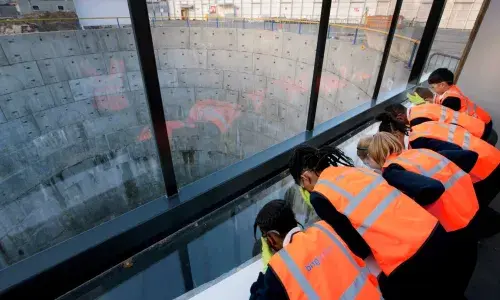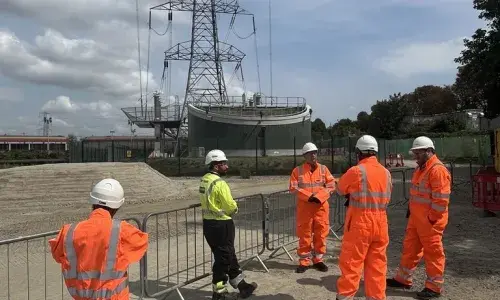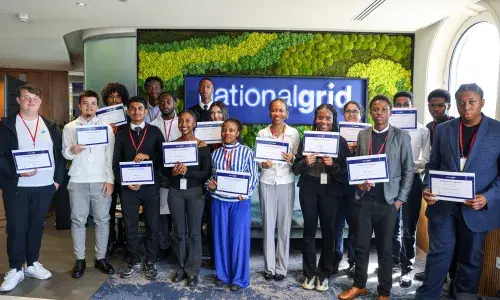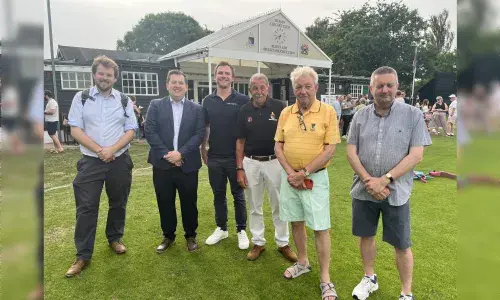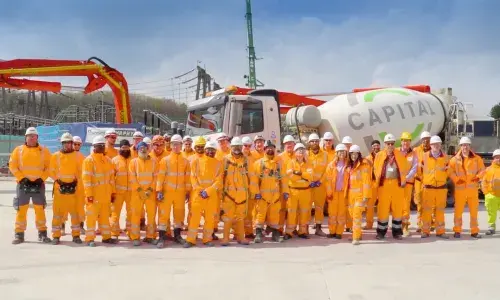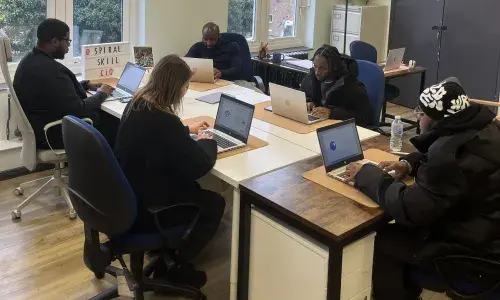Overview
London Power Tunnels (LPT) is a £2+ billion infrastructure initiative that’s transforming how electricity is delivered across the capital. National Grid has built a vast network of deep underground tunnels to house high-voltage electricity cables, ensuring a safe, reliable, and resilient energy supply for the future.
The London Power Tunnels project has been delivered in two phases. The first phase of the project was completed in 2017, spanning 32 km, from Willesden in the west to Hackney in the east, and from Kensal Green in the north to Wimbledon in the south. The second phase focuses on the south of London, stretching from Wimbledon in the west to Crayford in the east.

Why does London need the LPT project?
As London continues to grow, so does the demand for electricity. Much of the city's current underground cabling is aging and nearing the end of its operational life. Rather than replacing these cables in the same shallow, road-level locations, National Grid has built a network of tunnels deep below the city to help secure the capital’s energy future.
Substations located along the route allow for minimal disruption to day-to-day life, with any maintenance required taking place deep underground, avoiding disruptions such as road closures and noise at street level.
Construction on the second phase of the London Power Tunnels project is due to be completed in 2026.
